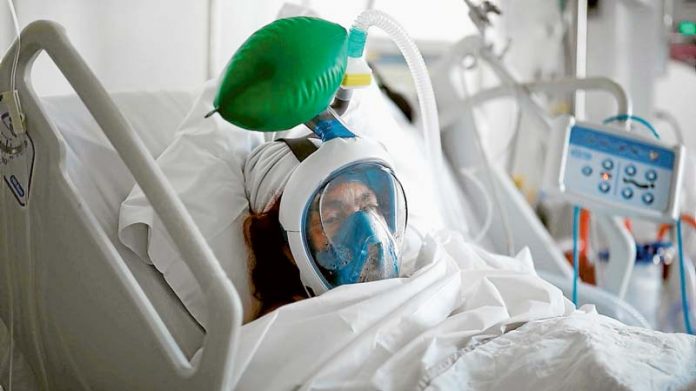

FOR people who don’t understand what it means to be on a ventilator but want to take the chance breaching COVID-19 restrictions…
For starters, it’s not an oxygen mask put over the mouth while the patient is comfortably lying down reading magazines.
Ventilation for COVID-19 is a painful intubation that goes down your throat and stays there until you live or you die.
It’s done under anaesthesia for two to three weeks without moving, often upside down, with a tube inserted from the mouth up to the trachea that allows you to breathe to the rhythm of the lung machine.
The patient can’t talk or eat, or do anything naturally – the machine keeps you alive. The discomfort and pain they feel from this means medical experts have to administer sedatives and painkillers to ensure tube tolerance for as long as the machine is needed. It’s like being in an artificial coma.
After 20 days of this treatment, a young patient loses 40 percent muscle mass, and gets mouth or vocal cord trauma, as well as possible pulmonary or heart complications.
It is for this reason that old or already weak people can’t withstand the treatment and die. Many of us are in this boat…so stay safe unless you want to take the chance of ending up here. This is not the flu.
For your own sake and those around you, please follow the rules. Stay safe and well!





